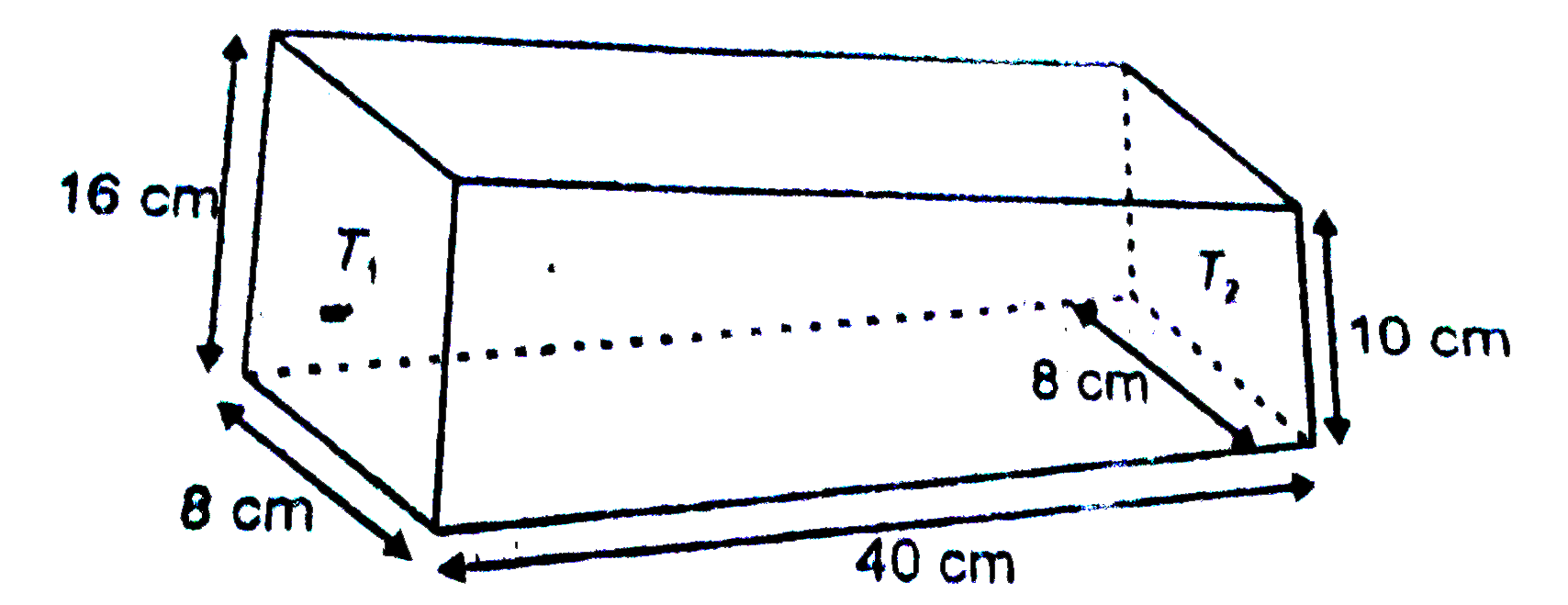Text Solution
Verified by Experts
|
Topper's Solved these Questions
THERMAL PROPERTIES OF MATTER
AAKASH INSTITUTE ENGLISH|Exercise Assignment (Section-I) Subjective Type Questions|5 VideosView PlaylistTEST2
AAKASH INSTITUTE ENGLISH|Exercise EXERCISE|2 VideosView PlaylistTHERMODYNAMICS
AAKASH INSTITUTE ENGLISH|Exercise ASSIGNMENT (SECTION -D) (Assertion - Reason Type Questions)|10 VideosView Playlist
Similar Questions
Explore conceptually related problems
AAKASH INSTITUTE ENGLISH-THERMAL PROPERTIES OF MATTER-Assignment (Section-J) Akash Challengers Questions
- A slab of cunductivity k is in the shape of trapezoid as shown I figur...
13:22
|
Playing Now - A cube, sphere and a cylinder made of same material shown in figure ar...
03:33
|
Play - A rod of length l with thermally insulated lateral surface consists of...
04:45
|
Play - A metallic cylindrical vessel whose inner and outer radii are r1 and r...
06:10
|
Play - A cylindrical block of length 0.4 m and area of cross-section 0.04 m^2...
05:00
|
Play - A metal ball of mass 1 kg is heated by means of a 20 W heater in a ro...
06:03
|
Play - A vessel with 100 g of water at a temperature of 0^(@)C is suspended i...
04:10
|
Play
 .
.